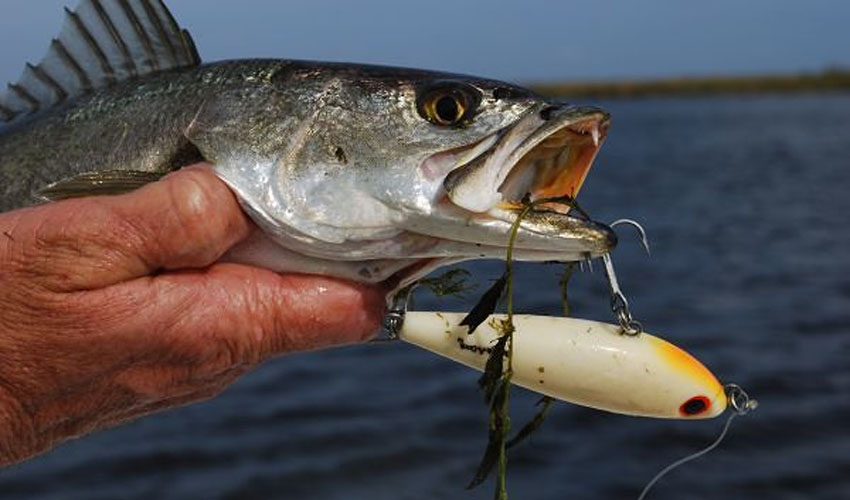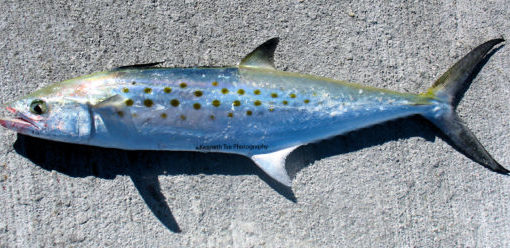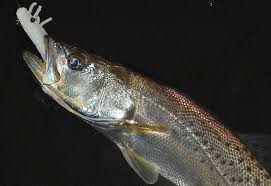A fish exploding on a topwater lure early in the morning is one of life’s most exciting moments. Speckled Sea Trout (Trout) are one of the most exciting, and willing, fish that can be caught on a topwater lure. They are aggressive strikers, causing a massive splash and often an aerial display when they try to inhale the lure. Here is how to catch Trout with Topwater lures.
When and Where to Fish for Trout on Top
Trout can be caught around the clock, but when using topwater lures the best time is just after sunrise and just before sun set. The lower sun allows the fish to feel hidden when it is approaching a topwater lure. While there are days that Trout can be caught on top even at noon, they are far more likely to hit a topwater when the sun is low.
The weather can also play a role. A slight breeze is ideal. The small amount of chop that a slight breeze creates will also help in making the trout feel secure. Flat calm will work, but the odds of fish being active at the surface are a little lower, and a heavy wind makes working a topwater very difficult and will lead to lower number of hook ups.
Best Equipment for Topwater Trout Fishing
The most important thing to consider for Topwater Trout fishing gear is casting distance. The further a rod and reel can cast, the better the chances of catching a fish are.
The most successful set up is a saltwater rated spinning reel on a 7 foot long medium action rod. The reel should be spooled with 10lb braided line (the same casting distance as 2lb monofiliment) and tipped with about 14 inches of 15lb fluorocarbon leader.
Best Topwater Lures for Trout
There are 3 main types of topwater lures to use for trout; Walk-The-Dog style, Poppers and Buzzers.
Walk-the-dog style lures are shaped like a finger mullet and by using a specific rod action the lure zigs and zags across the surface of the water resembling a wounded fish.
The poppers are long slender lures with a cupped face. These lures are gently jerked along the surface to cause a chugging action that attracts fish from long distances.
Buzzers look similar to walk-the-dog style lures but they have propellers added to the back and sometimes the front of the lure. An erratic retrive causes the lure to resemble an injured bait fish and the propellers create a buzzing sound that mimics the sound of a fish flaying at the surface.
POPULAR LURES
- Zara Spook
- Rapala Skitter Walk
- Rebel Pop-R
- Sugoi Splash Popper
- Rapala Skitter Prop
- X-Rap Prop
Topwater Techniques for Trout
When an area that holds trout is located (they are often found near bridges, docks, piers, and in open grass flats near sand potholes) cast as far beyond the target area as possible. Work the lure back through the strike zone, pausing for a few seconds periodically. Using a fan casting technique cover the area 2 or 3 times (fish can be reluctant to hit a topwater on its first pass but will often strike on its second or third pass). After the 3rd fan casting pass, move to a new area and start over.
When a trout hits a topwater lure it is very important that all slack line is reeled in quickly and the hook is set ONLY AFTER pressure from the fish is felt. Many fish short strike topwaters and aggressively pulling the lure away (the result of setting the hook with out a fish on it) will spook the fish as well as remove the lure from the strike zone.
If a trout misses on its first attempt, allow the lure to sit still for a 2 or 3 seconds, then begin to work it again. A second strike will often come right as the lure starts to move again. Many times trout will continue to short strike a lure over and over again, if this is the case continue to work the lure with multiple pauses. The pauses may cause the fish to finally strike the lure and get hooked.
Tips and Tricks
- Ensure the hooks stay clear of grass and debris (it will affect the action of the lure and also cause fish to lose interest)
- The longer the cast the better.
- If fish are visible, cast to where the lure will cross their path about 2-4 feet in front of them.
- In winter, slow the retrieve down. Trout are less aggressive in cool water





